Jewelry Casting Equipment
Leading Jewelry Equipment Manufacturer of Mini Vacuum Pressurized Jewelry Casting (SPB-MVC150)
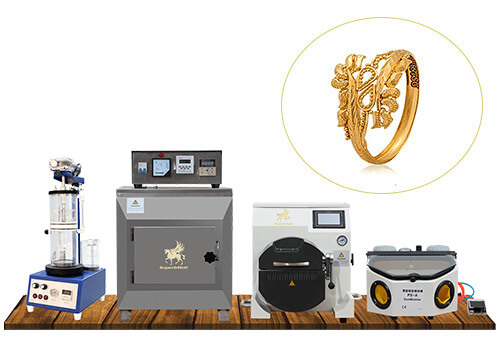
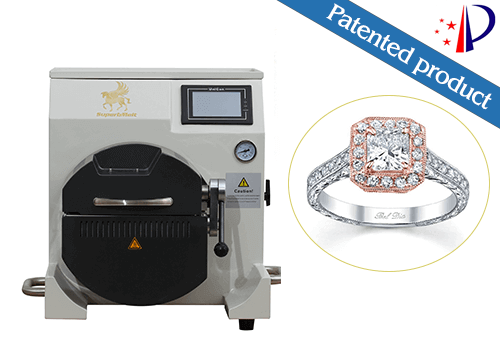
The mini jewelry casting equipment is used to cast gold, silver, platinum and palladium jewelry, weighing between 150g to 300g.
All jewelry casting equipment needed for a seamless and high quality jewelry production are: the powder mixer, heating furnace, mini casting machine and the sandblasting cabin. A wax mold of the jewelry is carefully created and weighed. At this point, the investment powder is weighed and poured in the powder mixer along with water for proper mixing under vacuum. The mixture is poured into the investment flask in which the wax mold has been attached. This investment mold is placed in a heating furnace for the dewaxing process.
Set the graphite crucible in the mini jewelry casting equipment, weigh your precious metal and pour in the melting chamber, set investment mold in the casting chamber, start melting under vacuum. Finally, the sandblasting silica mold is used for removal and cleaning of cast jewelry.
- The mini jewelry casting equipment is designed to cast platinum, palladium, gold and silver jewelries for mini jewelry productions and DIY jewelry requirements. You can cast up to 300g of precious metal jewelry.
- The mini jewelry casting equipment has a maximum melting temperature of 2600 degree celsius and a total of 4.5kw to reach this temperature.
- The melting method is done through induction heating technology. The induction heating technology helps to conserve energy and contribute to a fast melting and casting process.
- The jewelry casting equipment has a gas chamber that releases pressurized inert gases (argon) which prevents porosity and oxidation of precious metal during the production process.
- The PLC control unit present in the jewelry casting equipment makes it easy to use and easily set all casting parameters. The whole casting process can be handled by one operator.
- The PLC control system also gives accuracy to temperature readings. The furnace controller can measure any temperature up to an accuracy of ±2 degree celsius.
- The casting and melting chamber has an automatic flip that automatically turns after vacuum melting is complete to allow pressurized casting.
- Casting high quality jewelry with Superbmelt’s jewelry casting equipment takes approximately 6 minutes, therefore contributing to a fast and efficient jewelry production line.
- The maximum melting temperature is 2600 degree celsius suitable for melting high temperature precious metals like platinum and palladium.
- The most suitable crucible for the jewelry casting equipment is the quartz crucible, it is able to withstand extreme heating temperature.
- With the jewelry casting equipment, you are assured that all jewelry items are high quality and long lasting. Such jewelry items are not subject to oxidation, porosity or shrinkage.
- The entire jewelry casting equipment is entirely safe to use and the maintenance is easy.
- There is no record of precious metal loss during the entire production process.
| Model | SPB-MVC150 |
| Power Requirement | 220V |
| Power Consumption | 4.5kw |
| Maximum Temperature | 2600 ℃ |
| Melting Method | Induction Heating |
| Capacity | 300g Gold, platinum or 150g silver |
| Application | Gold, silver, platinum, palladium, steel, copper |
| Control System | PLC |
| Melting Time | 5-6mins |
| Gas Pressure | Max. 3.5 MPa |
| Pressurized Atmosphere | Argon |
| Ultimate vacuum | -0.1 MPa |
| Type of Crucibles | Quartz crucible |
| Cooling System | Water cooling |
| vacuum pump | built-in |
| automatic vacuum function | Y |
| Flip function | Automatic flip and vacuum casting |
Mini vacuum investment powder mixer parameter
| Model | SPB-MIPM1 |
| Power source | 220V |
| Power | 350w |
| Dimension | 540*510*390mm |
| Weight | 18kg |
Mini wax burnout furnace parameter
| Model | SPB-MWF1 |
| Power source | 220V |
| Power | 5kw |
| Chamber size | 300*200*120mm |
| Max Temperature | 1200 ℃ |
| Weight | 60kg |
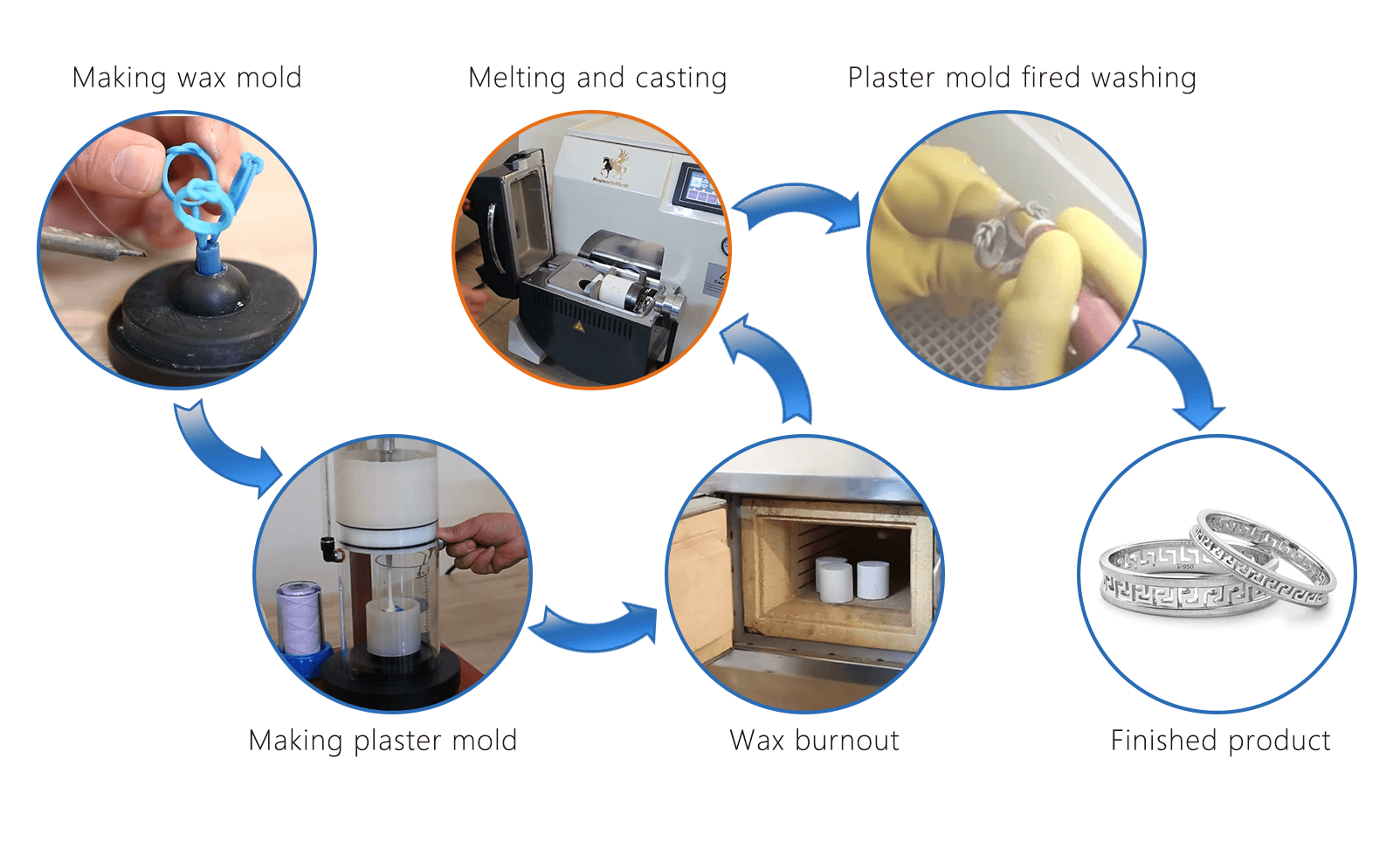
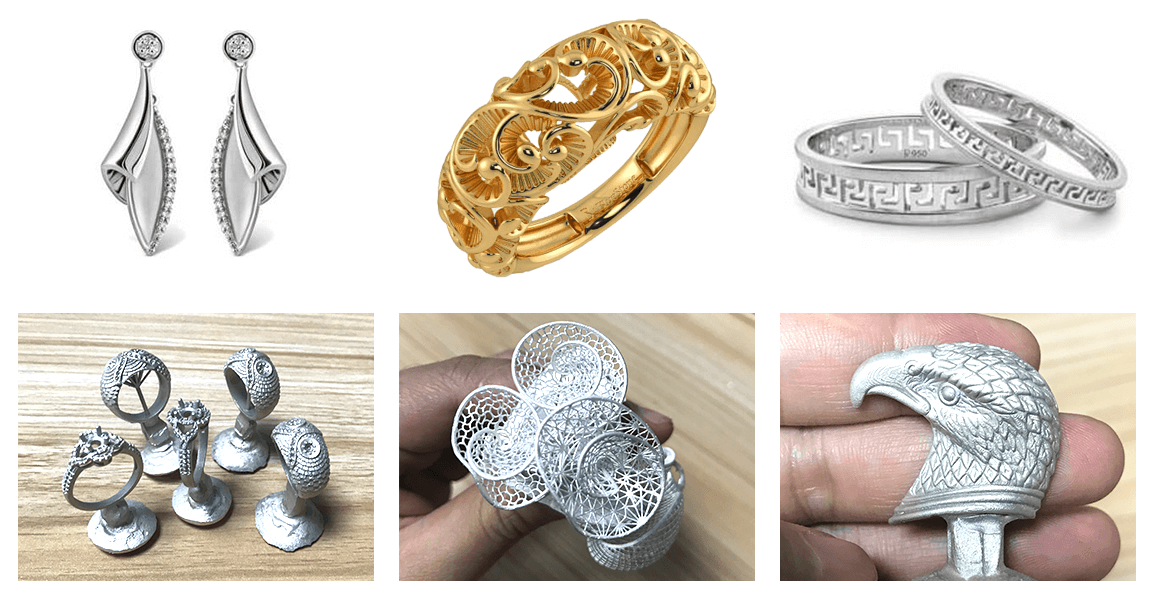
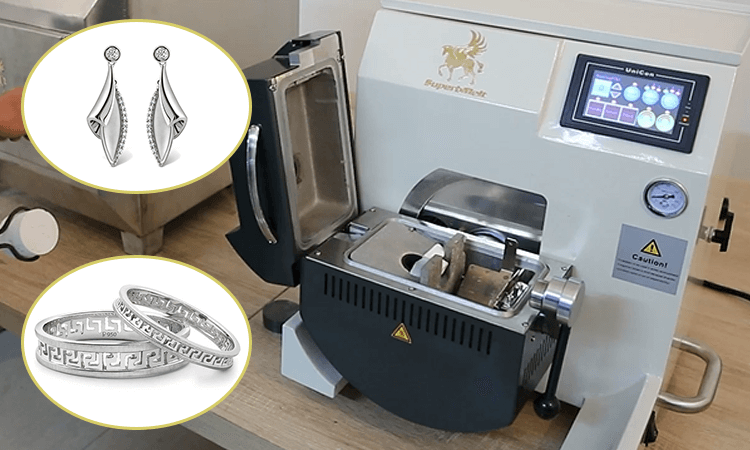
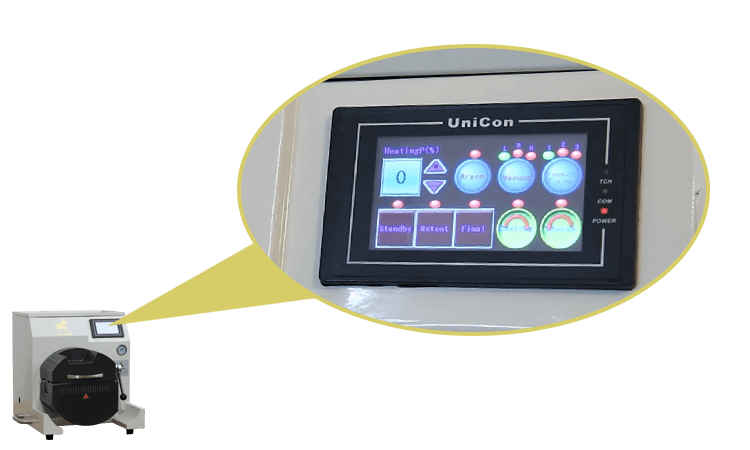
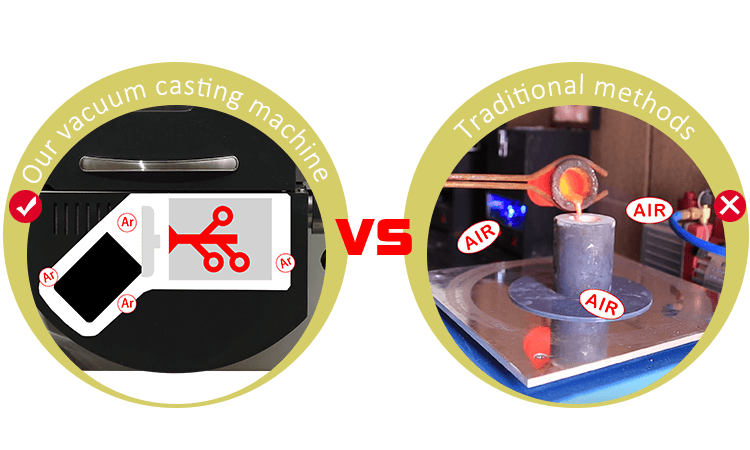

2 years warranty
The warranty for our machine is one year longer than the warranty provided by other factories.

Strong service team
We will give response within 24 hours against your problem by our professional engineer.
Why SuperbMelt Mini Jewelry Casting Equipment



Any Question About SuperbMelt Vacuum Jewelry Casting Equipment
Jewelry Casting Equipment Buying Guide
The Method of Jewelry Casting, from the Past to the Present
1.1, When Start Casting Jewelry in Bulk?
Considered to be decorative art, jewelry is one of the oldest categories of precious metalwork. There are many different types of jewelry, including: crowns, tiaras, necklaces, earrings, amulets, bracelets, rings, studs, brooches, torcs, chains, tie-pins, hat-pins, hairpins, belt and shoe buckles, ankle bracelets and toe rings.
Made by goldsmiths, as well as other master-craftsmen like silversmiths, gemologists, diamond cutters/setters and lapidaries, jewelry is prized for both its aesthetics and the value of its components, which typically include gold or silver, and a variety of precious and semi-precious stones. Such decorative adornments were first made in prehistoric times – as confirmed by cave paintings showing figures wearing necklaces and bracelets – and have since become a regular feature of most cultures throughout the ages.
An important type of Egyptian art as well as the more nomadic Celtic culture, jewelry was a feature of Byzantine art in Medieval Kiev, African art throughout the Dark Continent, Oceanic art across the Pacific and both Aztec and Inca culture in the Americas. Indeed, jewelry – like body painting and face painting – has been a fundamental element of tribal art for millennia. Jewels have also been used to adorn weapons, as well as ceremonial and religious objects.
During the era of modern art, movements like Art Nouveau and the later Art Deco, inspired new ranges of decorative jewels, while a number of famous artists dabbled in jewelry design including: Picasso, the sculptor Alexander Calder, the surrealists Meret Oppenheim and Salvador Dali, and the assemblage artist Louise Nevelson. Among the most famous jewelry-makers are Fabergé of Russia, Tiffany & Co of New York and René Lalique and Cartier of Paris.
1.2, History of The Development of Jewelry Casting Method
There are many wax casting methods. Sand casting uses sand as the mold material. Tufa casting involves carving a mold into tufa, a fine-grained volcanic ash. Cuttlebone casting involves cutting a mold or pressing a model into cuttlebone. Water casting is an interesting way of creating free form objects.
Molten metal is slowly poured into water and cools into unusual, random shapes that can be used to make molds. Steam casting uses the force of steam to force the metal into a mold.
This article will focus on centrifugal and vacuum casting using the lost wax technique (so-called because the wax model is destroyed or lost when the metal is cast).
There are two kinds of people who will read the following list: those who will decide this technique isn’t for them and those who will try to get their hands on their kid’s college fund to get everything on here.
Model or pattern wax. A model or pattern can be made of wax or any completely combustible material. The key words here are “completely combustible.” A model material that leaves any residue will cause problems with the cast piece, anything from an unsightly blob to a loss of details. An amazing variety of wax types are available from supply houses and online.
There is wax that can be filed and water-soluble wax for hollow forms. Wax wire comes in round, half-round, square, and triangular shapes. You can find wax sheets and sprue wax. Wax is the most versatile of all the modeling materials and is not as toxic or noxious as other options.
How to Choose the Best Jewelry Casting Equipment Nowadays
The steps we’ve outlined below are intended as a guide to help you through this decision making process, and ensure you’ve considered all possibilities before you sign on the dotted line.
Research Your Options
Research forms the foundation of any informed business decision. So like the products you plan to make, or the markets you want to enter, deciding on a jewelry casting equipment company requires an initial investment of sheer time to compile a list of relevant options. To expedite the process and cut down on overheads, this phase should also see you gathering as much information on these prospective options as you can.
For example, say you have the following two candidates in front of you. The first is a design start-up, with little real-world experience and no past clients. The second? It’s a company with 10+ years of experience, with a history of successful projects, happy clients, and industry-wide recognition. Which would you choose?
When push comes to shove, there’s no comparing a newcomer in the industry to a seasoned developer with a proven track record. So while the decision to work with a new company may pan out for you, a calculated risk is still just that: a risk.
From here, highlight the companies that have experience within a specific field similar to the one you intend to enter, or are flexible and versatile enough to adapt to your needs. If your projects requires microcontroller design and development, for example, look for companies with a history in the field.
At the end of the day, you want to know that your project is in the experienced hands of a developer that knows how to deal with the challenges that inevitably arise over the course of any project.
Size Matters
With a list of reputable companies in hand, you need to start considering the size of the company itself, as well as the inherent pros and cons that come with working with either.
Larger companies often suffer from an unfair stigma that they’ll treat you, the customer, as ‘just another number’. While small companies, in comparison, are known for providing personal, individualised service that can better suit your specific needs. They often become as personally invested in your project as your are because, after all, your success is their success too.
On the flip side, larger companies often have access to a much larger pool of resources, which can help speed up the process and ensure your project is moving through the production pipeline at a comfortable speed.
The ideal scenario is a company that ticks all of these boxes, whether it’s a large company that operates on the personal level of a small one, or a smaller company with the resources of a larger one. And don’t despair, these companies are out there. Either way, you want to join forces with a company that’s going to treat you and your project as if it were their own, irrespective of size, resources or annual turnover.
Look for signs of this approach early. How are your initial enquirers being followed up? What kind of language is being used? How are you treated during those initial conversations, and later when you’re talking to higher-ups within the company?
How a company treats new and potential customers is often a sign of how they’ll treat you a day, a week or a month down the track. Judge them based on your personal criteria, and choose wisely.
An Experienced Management Team
Let’s face it, you want the most skilled and experienced staff members working on your project, right? Which means a large part of your decision is reliant on just how well a company’s development team is managed. It follows that common questions to ask would be ‘Is there a strong leadership within the company?’, or ‘At the end of the day, who will have the final say on hard issues?’.
Experienced, results-driven management teams don’t just sit on the sidelines, instead they offer up new ideas or ways to improve your project because they care about it, and want it to become the success you already know it can be.
Don’t always take this at face value, though. Oftentimes, companies can play the tried-and-tested bait-and-switch. That is, you’ll be lead to believe that senior staff are working on your project, when in reality much of the work is being carried out by subcontractors. Stay vigilant, ask questions, and find the answers you need to make an informed decision.
Brand Trustworthiness
Not every consumer consideration is linked entirely to creative package design, unfortunately. When we recognize a brand as having been in existence since time immemorial, we are obviously more likely to trust it. After all – how could it have endured more than a century without having its merits?
2.1, Vacuum Casting Method
To cast jewelry using the vacuum casting method, there is a strict procedure that you have to follow to get top-quality jewelry. To make the process a success, you have to begin by designing the jewelry that you are looking to make. This step can be completed with the help of a computer software, of with a hand-carving process done on engravable objects. Note that this method, is most of the time, used to design scheme.
The second step involves making the wax mold that will later be used for the production of the jewelry that was designed in the first step. There are two applicable ways in which the wax mold can be made, and you are free to apply any of the two processes.
Take the existing ring or component, and place it in container with eight sheets of rubber surrounding it. The container is placed in a hot press where it remains for about 40 minutes, during which time the rubber melts around the ring or component, and makes a perfect mold of it. Along with the ring, a metal stem is placed in the container in order to create an opening where the wax will be injected at a later time.
Once the rubber mold has been removed from the vulcanizer, cooled and hardened back to its original state, a blade is used (with a very special and precise technique) to cut the mold open in such a way that it can be closed back tightly in order to make the wax duplicate.
Wax flakes are placed in a wax injector and melted so that they can be injected into the mold. Using air pressure, the wax is shot into the mold through the opening.
In the next step, you want to weld the jewelry wax mold together so that you end up with a tree-like wax mold. The work of this is to let you cast a large number of jewelries at the same time without breaking a sweat.
In the next step, you need to make a plaster using a thread. From there, you will fetch a container in which you will place the wax tree. From there, you want to fill up the container with gypsum liquid. Note that you are almost there in making your jewelry. Your step three is one when you are complete with the solidification.
In the next step, which is step four, you need to place the gypsum liquid from the previous step into in an oven, in a vacuum jewelry casting machine and let it sit there for some time. Make sure that the temperature is high so that you end up with the right product. You will notice that your wax will get melted into liquid, after which they will flow out of the plaster mold.
From there, you will be left with a mold that is empty on the inside. In the fifth step, you are required to thoroughly heat the precious metals, get them into liquids and then have them filled in the empty plaster molds that you have. Let them cool, and after that is done, you will be left with a well-cast jewelry.
2.2, Centrifugal Casting Method
Centrifugal casting is a process that delivers components of high material soundness. As a result, it is the technology of choice for applications like jet engine compressor cases, hydro wear rings, many military products, and other high-reliability applications. It has also proven to be a cost-effective means of providing complex shapes with reduced machining requirements and lower manufacturing costs as compared to forgings and fabrications.
In the centrifugal casting process, molten metal is poured into a preheated, spinning die. The die may be oriented either on a vertical or horizontal axis depending on the configuration of the desired part.
By spinning a mold while molten metal is poured into it, centrifugal force acts to distribute the molten metal in the mold at pressures approaching 100 times the force of gravity. The combination of this applied pressure and the engineering mechanics of controlled solidification and secondary refining produces components of superior quality.
As the die begins to fill, the denser molten metal is forced to the wall of the spinning die. Directional solidification of sound metal progresses from the O.D. towards the bore, while the less dense material, including impurities, “floats” to the I.D.
Once the casting has solidified, the part is removed from the die and residual impurities in the I.D. are machined away, resulting in a defect-free structure without cavities or gas pockets.
2.3, Other Casting Methods
Investment casting (also known as lost-wax casting) is a casting process that has been practiced for thousands of years. With lost wax process being one of the oldest known metal forming techniques.It is used for metals that are difficult to be machined or fabricated.
It is also used for the manufacture of parts that cannot be formed by usual manufacturing techniques like turbine blades or components of airplane that are subjected to high temperatures.Compared to other casting processes, such as die casting or sand casting, it can be an expensive process, but the components that can be produced using investment casting can incorporate intricate contours. In most cases the components are cast near net shape.
Though sand casting has been largely replaced by centrifugal casting in recent decades, for hundreds of years it was the most popular of all casting methods. It still plays an important role in the production of large metal forms, and can offer the advantages of low cost, quick results and ease of duplication to those goldsmiths who take the time to master it. Though sometimes thought of as coarse, sand casting can yield results that are as fine and true to detail as any other casting method.
SuperbMelt jewelry casting equipment (SPB-DM) can be used for casting any precious metal in the weight range of 1-6kg. Precious metals such as gold, copper, and silver or any other metal artwork can process with this product.
The vacuum jewelry making machine is super jewelry casting equipment you should opt for. It is super-fast and energy efficient. SuperbMelt jewelry casting equipment (SPB-DM) ensures that you’ll never have to bother about density, shrinkage or air hole in your final piece. The casting machine comes with gas chamber which releases pressurized inert gases. This completely eliminates any of form of porosity or shrinkage. Thereby giving your final piece an impeccable appearance and a touch of class. Strong induction stirring makes the gold alloy more uniform.
2.4, Comparison of Multiple Casting Methods
Vacuum casting is a fast and effective method for making high-quality rapid prototypes and end-use parts in low volumes. The process uses pour-able casting resins and reusable silicone molds to make perfect copies of master patterns.
Such copies are useful in many ways, including for engineering testing, product development, as display models and for marketing and crowd funding campaigns.
Centrifugal vacuum casting is a process that has been there for many years, and if used properly, can help companies come up with quality jewelries to sell to users across the globe. Though we try to vouch for vacuum pressure casting due to its low frequency operation, we are still conviced that your company can still achieve success with other methods mentioned in this guide.
We have everything in-house to offer a great vacuum casting solution for rapid prototypes and end-use parts. With our experienced staff, finishing services and quality inspection, you’ll get production quality parts at a fraction of the production price. Upload your CAD files now for a free quotation.
It is the method of producing castings where molten metal is poured into a mould rapidly moving around a fixed axis. The molten metal come into contact with this rotating mould under a good amount of pressure because of the centrifugal force. This gives a better filling of mould. The casting grain density is also high. As a result the porosity is almost zero. Centrifugal casting process is mainly used for making parts having the shape of bodies of revolutions.
Greater strength. The greater strength of parts produced using centrifugal casting is a result of higher density grain structures. As the process allows for more control over directional solidification, the grain structure is more uniform and its mechanical properties are almost equal in all directions.
This higher structural density increases the life span of the component and allows for higher stress tolerances. Another factor that contributes to the enhanced part strength is higher product purity, which eliminates internal porosity and improves structural uniformity.
What to do Before Casting Jewelry
3.1, Obtaining Pure Precious Metals
Refining with flame is one of the oldest methods of refining metals. Mentioned even in the bible, refining by fire is the preferable method for larger quantities of gold. In ancient times, this form of refining involved a craftsman sitting next to a hot fire with molten gold in a crucible being stirred and skimmed to remove the impurities or dross that rose to the top of the molten metal. With flames reaching temperatures in excess of 1000 degrees Celsius, this job was definitely a dangerous occupation for the gold refiner.
The second method of refining gold involves the use of chemicals. Strong acids are used to dissolve the impurities in the gold ore and afterwards, are neutralized and washed away, taking the impurities with them. The resulting product is a muddy substance that is almost pure gold (99.999% or 24K). This muddy substance is dried until it is a powdered residue and then heated with a torch or other source of heat to melt the gold powder into usable gold. The acids used for this process are Nitric acid and Hydrochloric acid.
3.2, Designing Jewelry
Being able to draw your own jewelry designs can come in handy in many different ways. You can also use the computer drawing, and that is what we will focus on in this bit. Maybe you are an aspiring jewelry designer or you are launching your own handmade label and wish to learn how to bring your ideas to paper.
Maybe you have an idea for a custom made piece of jewelry you wish to have made and being able to communicate your idea better will help the jewelry maker create the piece you have imagined. Or maybe, you are interested in fashion and jewelry and want to draw some artwork to decorate your space. No matter what your case is, following this new series will help you achieve your goals.
We cannot stress how important it is to scale your designs properly when drawing them using computer. Usually, since rings, necklaces, bracelets and earrings are small items that fit comfortably in a piece of paper, you will be drawing them with a 1:1. But sometimes you might want to change the scaling, for example drawing a larger piece to get a close-up look at the tiny gems or details. It is always important to pay close attention to the scale you are applying to the sketch, but even more so in the case of closeups.
The same goes for proportions. You need to maintain proper proportions, otherwise the design will lose the desired shape and become a different piece. Pieces of jewelry such as rings, earrings and necklaces are so small and detailed that the slight shift in proportions will make a big and noticeable difference for better or worse.
This one is all about personal choice and artistic liberties. Depending on the function and purpose of the piece, you may want to design something simple and small or something big and extravagant. In practical terms, you would want to think about your design being something wearable and comfortable but, on the other hand, your aim could be to create an artistic piece not meant to be worn every day and that is not supposed to be comfortable like a heavy necklace with many large jewels.
Therefore, wearability and comfort are aspects you need to consider but not necessarily stick to. Decide what your intention with your design is and this will guide your process organically. the amount of wearability and comfort in your piece is 100 percent about personal design aesthetic and choice, so have fun with it!
3.3, Selecting The Right Jewelry Casting Equipment
In this case, we suggest that you pick vacuum casting kit since it comes with all the features that you might need to end up with perfectly casted jewelry. Besides being environmentally friendly, it boasts features that you can easily apply compared to other machines on the market. It also does not cost a lot of money, and since there is low cost of maintenance, you will be able to use it for many years to come.
When choosing the best casting machine, you also need to focus on important aspects such as the capacity of the casting machine, the metal type and the budget. For instance, if you are looking to start a wide scale casting business, you are supposed to choose a casting machine with a larger capacity. That way, you will stand out from the competition due to the fact that you can cast huge amounts of metals within a shorter duration compared to your market rivals.
There are may types of metals that you can use to make jewelries, and this is another thing you need to look into when making your choice. Most of the time, you will be urged to consider a jewelry casting equipment that is designed to cast gold and silver since those are some of the metals with the highest value and demand.
You also need to be sure of the amount of money you are looking to spend on your jewelry casting equipment. Unless you are ready to spend more, it is advisable that you start small and move up once you are ready to expand your business. The good thing is that various casting machines come in a range of designs, and this affects their price. Therefore, use your budget to determine the right machine that your business can afford at the moment.
How to Cast Jewelry by Superbmelt Vacuum Jewelry Casting Equipment
Step 1: Making Wax Mold
To make the process a success, you have to begin by designing the jewelry that you are looking to make. This step can be completed with the help of a computer software, of with a hand-carving process done on engravable objects. Note that this method, is most of the time, used to design scheme.
The second step involves making the wax mold that will later be used for the production of the jewelry that was designed in the first step. There are two applicable ways in which the wax mold can be made, and you are free to apply any of the two processes.
Take the existing ring or component, and place it in container with eight sheets of rubber surrounding it. The container is placed in a hot press where it remains for about 40 minutes, during which time the rubber melts around the ring or component, and makes a perfect mold of it. Along with the ring, a metal stem is placed in the container in order to create an opening where the wax will be injected at a later time.
Once the rubber mold has been removed from the vulcanizer, cooled and hardened back to its original state, a blade is used (with a very special and precise technique) to cut the mold open in such a way that it can be closed back tightly in order to make the wax duplicate.
Wax flakes are placed in a wax injector and melted so that they can be injected into the mold. Using air pressure, the wax is shot into the mold through the opening.
Step 2: Making Wax Mold Tree
A rubber molding material is used to create a flexible mold of the master model. A fluid wax is injected into the rubber mold to create the original piece. Once cooled, the wax piece, or pattern, is removed from the rubber mold. Wax patterns are attached to a wax sprue. The wax patterns and sprue will eventually create the void in the castable mold that will fill with molten metal. The complete wax assembly of patterns and sprue is referred to as a tree.
Step3: Making Plaster Mold
Fetch a container in which you will place the wax tree. From there, you want to fill up the container with gypsum liquid. Note that you are almost there in making your jewelry. Your step three is one when you are complete with the solidification.
In the next step, which is step four, you need to place the gypsum liquid from the previous step into an oven and let it sit there for some time. Make sure that the temperature is high so that you end up with the right product. You will notice that your wax will get melted into liquid, after which they will flow out of the plaster mold.
Step 4: Melting and Casting Process
From there, you will be left with a mold that is empty on the inside. In the fifth step, you are required to thoroughly heat the precious metals, get them into liquids and then have them filled in the empty plaster molds that you have. Let them cool, and after that is done, you will be left with a well-cast jewelry.
Step 5: Washing and Polishing
Try baking soda: For heavier tarnish, mix three parts baking soda to one part water. Wet the silver and apply the paste with a soft, lint-free cloth. Work it into the crevices and turn the cloth as it picks up the tarnish. Rinse well and buff dry
Step 6: Precision Machining
After having discussed with the customer the general idea of their project based on budget, size, timing, materials, and design, a preliminary pencil sketch begins to materialize on paper. Further work is transferred to the computer in a CAD program for three-dimensional modeling. In this example, we use the best 3D machine. A three dimensional model of all elements of the necklace is created, as well as a general model of the whole structure with the exact size and number of pearls.
Conclusion
Considered to be decorative art, jewelry is one of the oldest categories of precious metalwork. There are many different types of jewelry, including: crowns, tiaras, necklaces, earrings, amulets, bracelets, rings, studs, brooches, torcs, chains, tie-pins, hat-pins, hairpins, belt and shoe buckles, ankle bracelets and toe rings.
There are many wax casting methods. Sand casting uses sand as the mold material. Tufa casting involves carving a mold into tufa, a fine-grained volcanic ash. Cuttlebone casting involves cutting a mold or pressing a model into cuttlebone. Water casting is an interesting way of creating freeform objects. Molten metal is slowly poured into water and cools into unusual, random shapes that can be used to make molds. Steam casting uses the force of steam to force the metal into a mold.
Vacuum casting process requires you to have a high-quality master model. The high-quality master model can be the industrial part itself. Additionally, you can use a model created using stereolithography, which is a case for the prototyping applications.
You should always ensure that the master model being used is of the correct dimensions and looks. This is to ensure that no flaws are transferred to the model prototype after finishing the process.
The master model is then encapsulated into a two-part silicone rubber mold. The mold is cured under high temperatures to ensure that the two parts stick together. This is used to strengthen the mold and make it more durable.
After the mold is cured, it is cut open to reveal a hollow space at the center, which has the exact dimensions of the master model. After the mold is cut into two, it is placed in the vacuum chamber. Then, later on, the mold is filled with the designated material to make a product.
You should fill the mold with the designated material. The resin replicates the characteristics of industrial material. The resin material is usually mixed with metallic powder or any coloring pigment to achieve aesthetic or specific functional properties.
FAQ Guide
What are the different types of casting process?
We have vacuum and centrifugal casting methods as the main casting methods. However, there are a lot more that can be used based on the needs of clients being served. But it is worth noting that the rest of the methods available might not be used where quality and precision are highly recommended. You should vacuum casting because it saves on energy and can keep producing top quality casting for an extended period. Besides being the latest casting method, it does not cost a lot of money to invest in.
What is Jewelry wax made of?
Jewelry wax is a specially designed wax used in the creation of jewelry pieces through the lost wax casting process. They are hard and designed to be carved, filed, sawn and polished. The wax is used to make a model of the jewelry piece to be created. A mixture of beeswax, linseed oil, and mineral spirits makes a paste that can be gently buffed into the metal. There are two main categories of synthetic wax: microcrystalline wax and paraffin wax
What happens in the vacuum chamber?
The function of the vacuum is both to remove the air in the mold cavity that would prevent the metal from filling it, and at the same time to allow atmospheric pressure to help push the metal into the mold more effectively than gravity alone can do. If you didn’t use centrifugal or vacuum pressure, the considerable surface tension exerted by a small amount of melted metal would keep it sitting on the top of the mold, and it would not fill the mold cavity.
What tools or materials do we need for the jewelry casting process?
To cast jewelry, you will need materials such as flat nose pliers, round nose pliers, nylon tipped pliers, wire cutters, flush cutter, practice material, a ruler, disk punch, jeweler’s saw, wire, and most importantly, you will need your imagination more than anything else. Note that while the competition might get stiff, you are only as good as your creativity. Therefore, once you have gotten the materials mentioned above, it is time to start relying on your imagination and make sure that you stand out from the competition through creativity.
How is vacuum casting method different from centrifugal casting method?
We use both centrifugal and vacuum, with the preference to vacuum. We use centrifugal casting for sluggish metals such as some white golds. We find the quality of vacuum cast pieces to be of better quality. The metals enters the flask with far less pressure so there is less stress on the investment, and with less turbulence so there is far less entrapped gas. The vacuum assist also helps oxygen given off by the solidifying metals to leave the cavity. We find vacuum assisted casting to have better surface finish and less porosity. Of course melting technique along with the alloys used will always impact the quality of the castings.
What is lost wax casting used for?
Lost-wax casting is a process for creating objects, from simple to complex, in a variety of metals (such as gold, silver, brass, or bronze) by casting an original model or pattern. It can also come in handy when there is a need to cast finer castings.
What kind of wax is used for lost wax casting?
Microcrystalline wax is pliable and slightly sticky. It is medium soft and has a smaller crystal structure than beeswax or paraffin. Derived from petroleum, this is one of the most common waxes used by lost wax casting jewelry sculptors.
What would be considered an advantage of lost wax casting?
Lost-wax moulding is also known as precision moulding or investment casting. A non-permanent pattern that is usually made by wax is used for each casting. Therefore, the process is known as lost-wax moulding. Lost-wax moulding is used when casting with intricate shapes, good dimensional accuracy, and very smooth surface finishes are required.
- The process is especially advantages for high-melting-point alloys as well as for difficult-to-machine metals.
- It is most suitable for producing small castings having intricate shapes.
- It maintains a very close tolerance of about ± 0.05 mm.
- It produces very smooth surfaces.
- It eliminates most of machining operations.
- It is applicable to all low to high-melting-point metals and alloys.
What do you mean by lost wax technique?
Lost-wax process, also called cire-perdue, method of metal casting in which a molten metal is poured into a mold that has been created by means of a wax model. Once the mold is made, the wax model is melted and drained away.The method is called lost wax because wax is not the final product that is needed, and it will be lost in the process.
What is lost wax investment casting?
Lost-wax casting (also called ‘investment casting’, ‘precision casting’, or cire perdue which has been adopted into English from the French is the process by which a duplicate metal sculpture (often silver, gold, brass or bronze) is cast from an original sculpture. Intricate works can be achieved by this method. The oldest known example of this technique is a 6,000-year old amulet from Indus Valley Civilization. Other examples from somewhat later periods are from Mesopotamia in the third millennium B.C. and the objects discovered in the Cave of the Treasure (Nahal Mishmar) hoard in southern Palestine (region), and which belong to the Chalcolithic period (4500–3500 BC). Conservative estimates of age from carbon-14 dating date the items to c. 3700 BC, making them more than 5,700 years old. Lost-wax casting was widespread in Europe until the 18th century, when a piece-moulding process came to predominate. The steps used in casting small bronze sculptures are fairly standardized, though the process today varies from foundry to foundry. (In modern industrial use, the process is called investment casting.) Variations of the process include: ‘lost mould’, which recognizes that materials other than wax can be used (such as: tallow, resin, tar, and textile); and ‘waste wax process’ (or ‘waste mould casting’), because the mould is destroyed to remove the cast item.
How long does it take to cast a ring?
Your ring will take between one and two weeks to cast, depending on the machine that you are using to complete the casting process. However, you should consider using advanced method such as vacuum casting to ensure that you get the best result within the shortest duration possible. If you are not sure how to use the machine, you can learn a thing or two from SuperbMelt. Make sure that you only use the recommended procedures to cast your ring. The agents will be there to offer you support.
How do you cast jewelry?
Most jewelry casting is done through the lost wax process, whereby models created through wax carving, growing, or printing are encased in a plaster- like medium known as investment. The investment is heated to extreme temperatures to incinerate the material, creating an impression of the desired form. How do you cast a gold ring?
- Step 1: Cast the Wax. First off, you will need some wax to carve into the ring.
- Step 2: Carve It Up! Before you begin carving, draw a template on paper.
- Step 3: Prepare for the Plaster.
- Step 4: Plaster Goop.
- Step 5: Burnoutthe Mold.
- Step 6: Melting the Precious Metals.
- Step 7: Cast the Ring.
- Step 8: CleaningPlaster.
- Step 9: Rough Finishing.
How long is investment casting?
Castings can be made from an original wax model (the direct method) or from wax replicas of an original pattern that need not be made from wax (the indirect method). The following steps describe the indirect process, which can take two to seven days to complete.
What are the advantages of investment casting?
Advantages:
- Excellent surface finish.
- Tight dimensional tolerances.
- Complex and intricate shapes may be produced.
- Capability to cast thin walls.
- Wide variety of metals and alloys (ferrous and non-ferrous) may be cast.
- Draft is not required in the molds design.
- Low material waste.

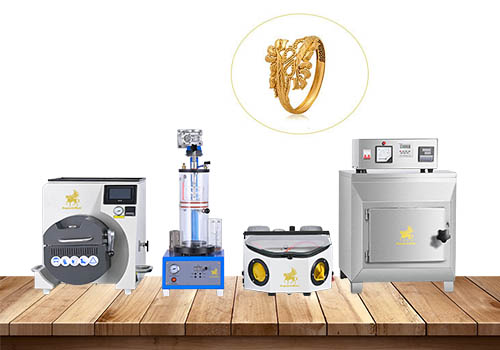
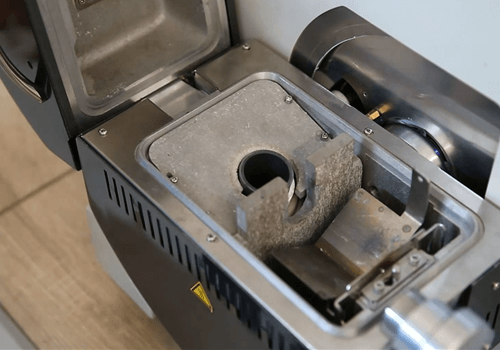
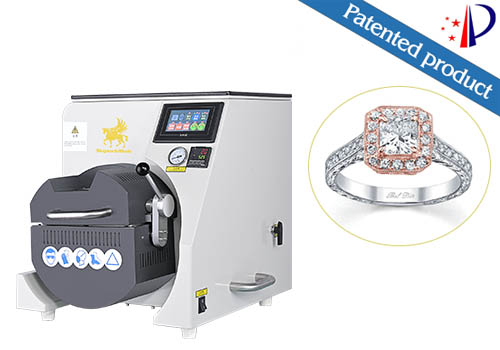
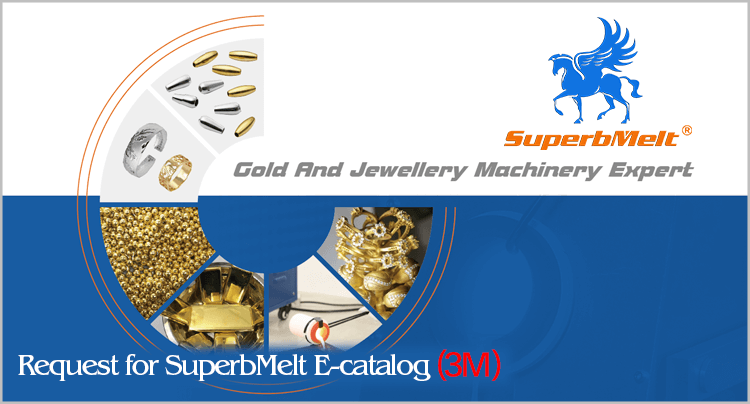

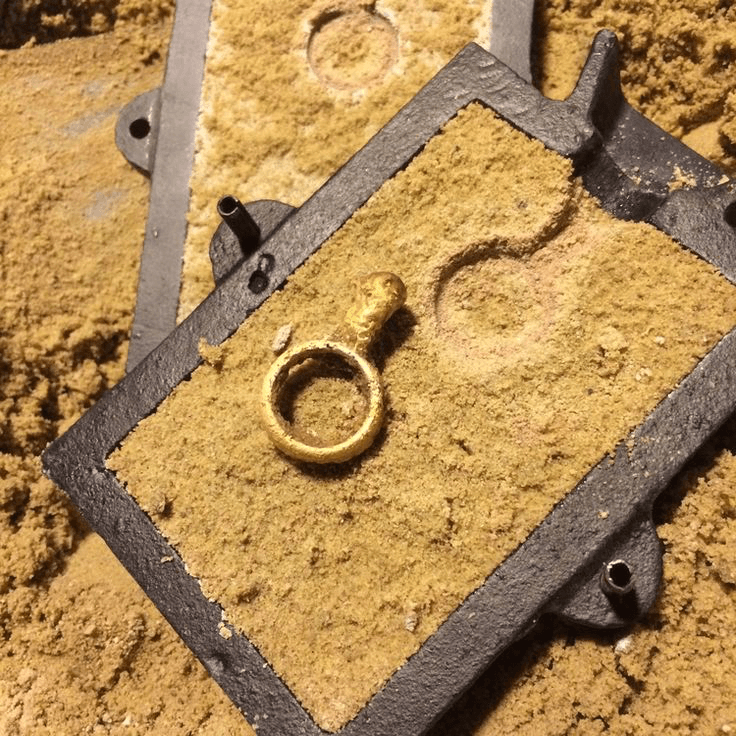
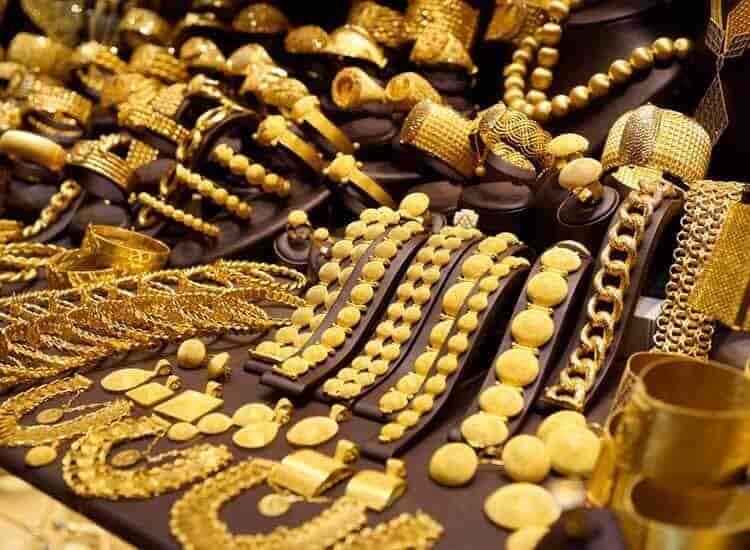
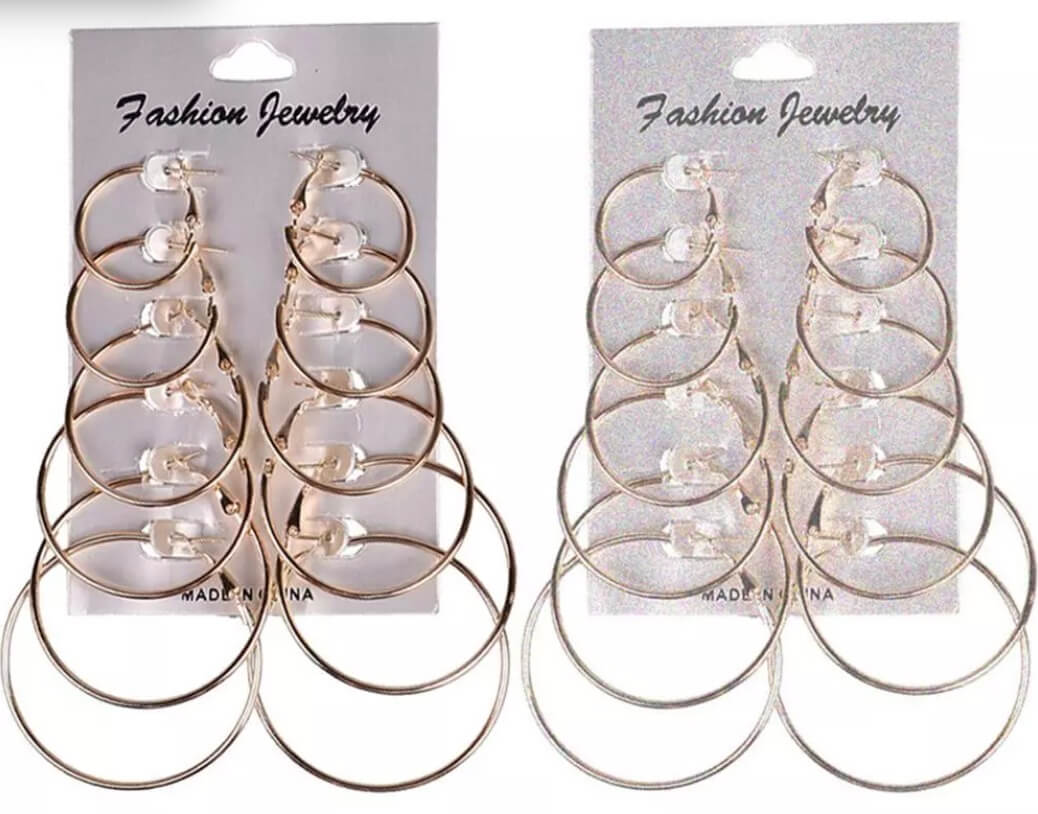
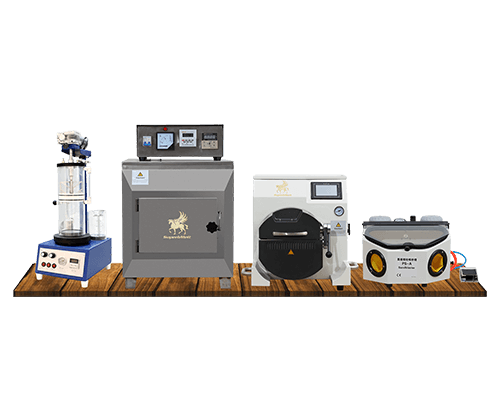
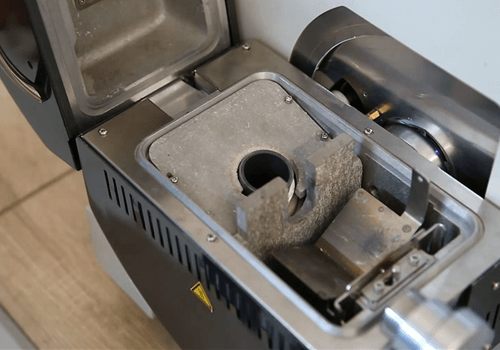
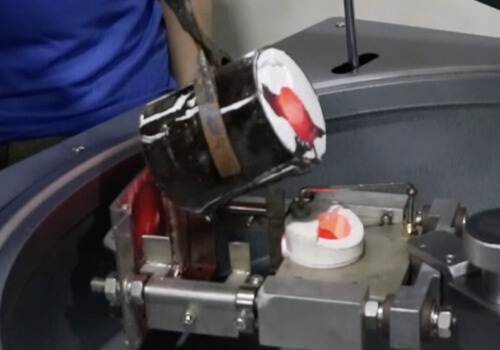
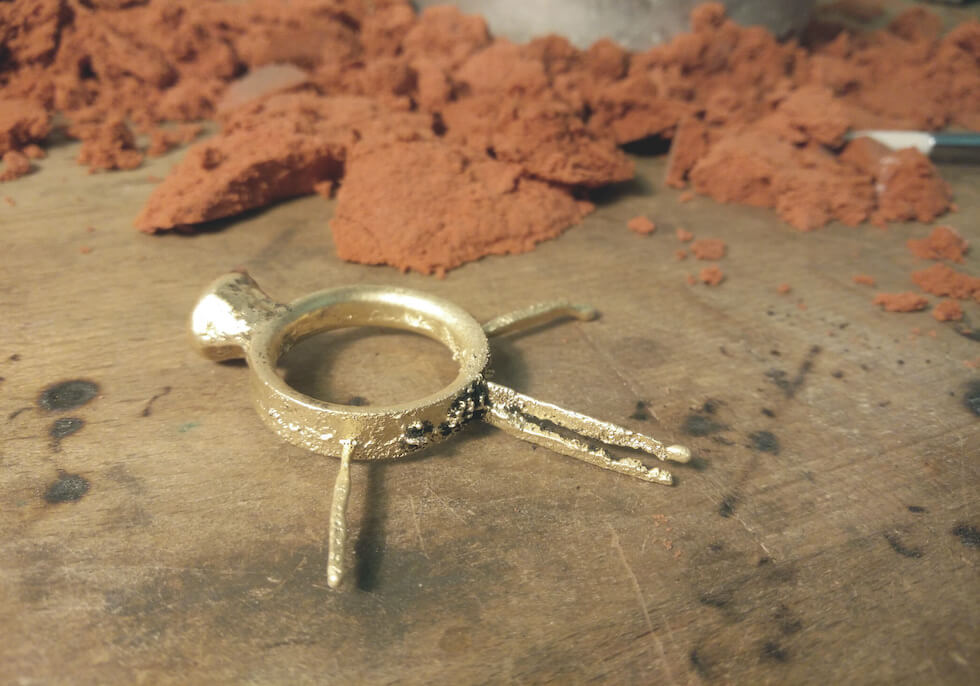
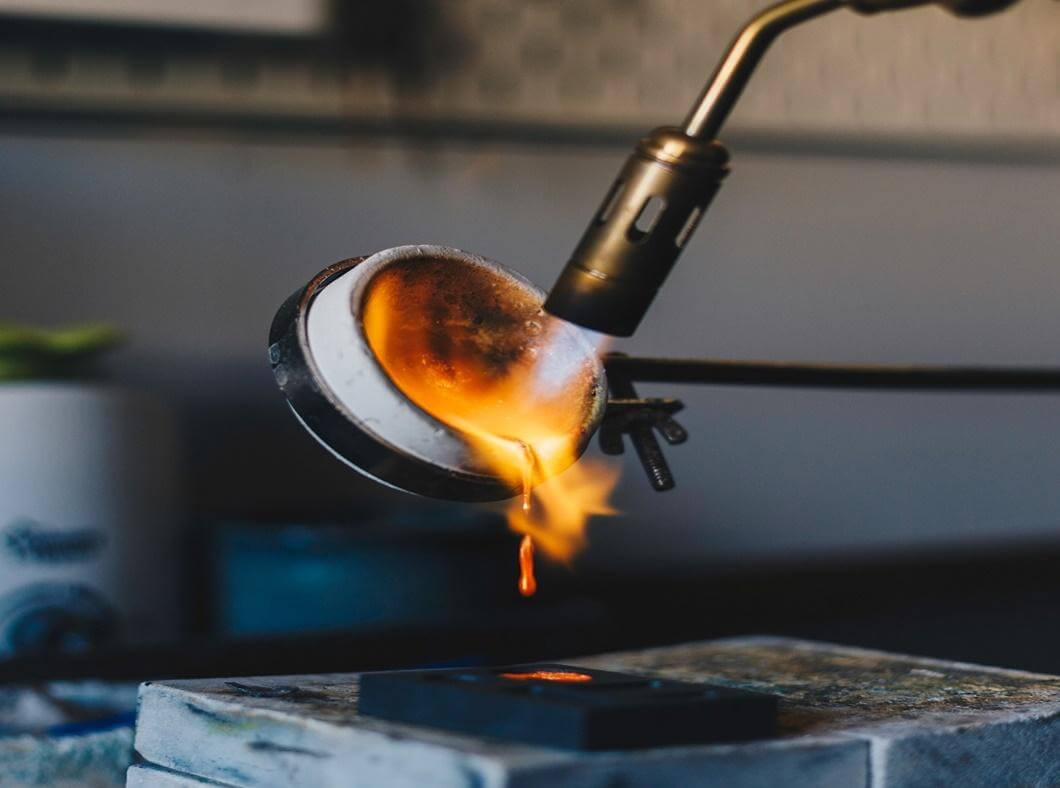
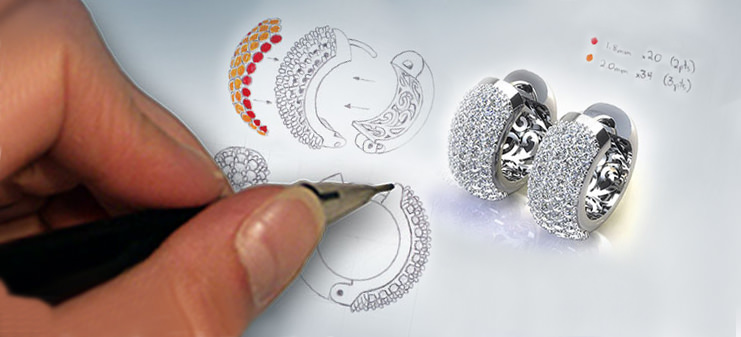
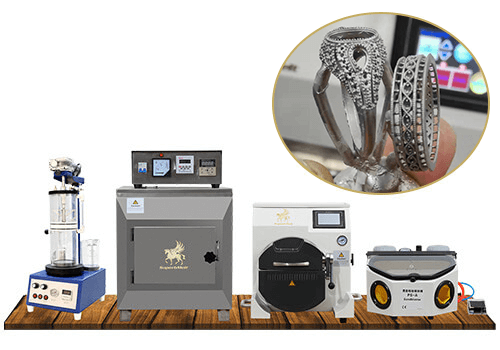
 © Copyright 2008-2021 Superb Electromachinery Co., Limited
© Copyright 2008-2021 Superb Electromachinery Co., Limited